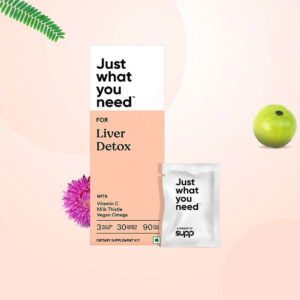Type 1 diabetes, also called insulin dependent diabetes, is an auto-immune condition caused by the body attacking its own pancreas by antibodies. It is caused either by genetic predisposition or faulty pancreatic cells that normally produce insulin.
Type 2 diabetes is by far the most common form of diabetes. In this case, the pancreas makes some insulin but the amount produced is either too poor, or the body’s cells resist it. Insulin resistance happens mainly in fat, liver, and muscle cells.
Some symptoms of undiagnosed diabetes could be:
Feeling too thirsty
Urinating too often
Feeling very hungry
Feeling too fatigued
Blurry vision
Slower healing of cuts/bruises
Tingling or numbness in hands/feet
(a) Green tea has been noted for weight loss and thus helps people who have type-2 diabetes obtain blood sugar under control. The zero calorie drink is one go-to drink you will look up to.
(b) The catechins (antioxidants) present in green tea extract help reduce the effects of insulin resistance by decreasing the digestion and absorption of carbohydrates.
(c) Green tea also features a powerful antioxidant called polyphenol which could have anti-inflammatory properties. Polyphenols result from plants and help protect our cells from damage.
(d) Chronic conditions like diabetes may add stress and anxiety, so a cupful of green tea extract will help manage the problem. It could have a relaxing impact on your head and body as it contains amino-acid L-theanine, that will be said to lessen anxiety and stress.
Salacia is an herb that is indeginous to India and Sri Lanka. It is also called Saptarangi. The root and stem are used to make medicine.
Salacia includes a long history useful as remedy for diabetes in Ayurveda, traditional Indian medicine. Mugs produced from salacia wood are employed by people with diabetes to drink water.
Along with treating diabetes, salacia is useful for treating gonorrhea, asthma, itchiness, joint (rheumatism), obesity, thirst, and menstrual problems.























